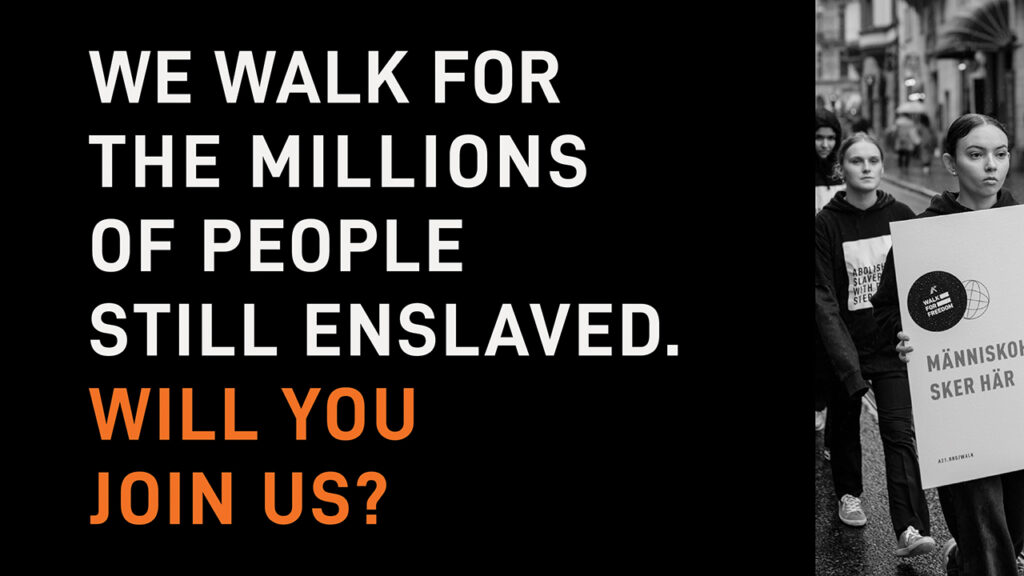The Rotary District 6420 Task Force on Human Trafficking will hold its annual Rotary Walks Against Human Trafficking at 10 a.m. Saturday, Sept. 13, on the Mississippi riverfront.
Rotarians, friends, and any others interested in supporting the event which is designed to raise awareness of the tragic cost of human trafficking are asked to meet in the Celebration Belle parking lot in Moline. The walk will go from 10 a.m. to 11 a.m. and participants will step off from the Celebration Belle’s parking lot.
“We are passionate about teaching children and adults about child exploitation and human trafficking. Education is the key to eradication,” said Kathy Trone, Rotary Club of Rock Island member and chair of the Rotary 6420 Task Force on Human Trafficking.
“Think of it this way: Before you give your child a cellphone, game system, computer, or tablet, please educate them,” she told the QCBJ. “You are not only giving your child access to the world, but you are also giving the world access to your child.”
Participants can walk as far as they want, rest when they need to and stop whenever they feel they should. More information is available here.
The task force also shared these facts about that growing problem.
Human Trafficking Facts
- A common misconception about human trafficking is that it doesn’t happen in the United States. This is not true. The U.S. is ranked as one of the worst countries for human trafficking.
- Women are often exploited for sex, while men are usually forced into labor.
- Victims often don’t seek help due to language barriers, fear of their traffickers, or distrust of law enforcement.
- Victims are often trafficked by someone they know. In cases of both sex trafficking and labor trafficking, when the relationship was disclosed, the trafficker was almost always a familiar person. The top relationships involved were employers, family members, or romantic partners.
- Global human trafficking impacts nearly 28 million individuals.
- Total illegal profits from forced labor are estimated to be $236 billion.
- In 2021, the National Human Trafficking Hotline received 51,073 substantive reports nationwide.
- In the U.S., sex trafficking stands as the predominant form of trafficking at 66% of total U.S. trafficking. The age range of sex trafficking victims in 2023: Oldest victim was 21 years, youngest victim was just 4 years old. On average, the age of the victims was 15 years old.
One reason it’s so hard to end is that victims are often hidden in plain sight and are often lured into slavery by false promises so they may not easily trust others, the Rotarian Action Group Against Slavery said.
ID’ing who’s in trouble
Indicators that can help identify someone in trouble include:
- Fear of police, other authorities.
- Fear of their trafficker and of risking their lives or family members if they escape.
- Signs of physical and psychological trauma such as anxiety, lack of memory, bruising, untreated conditions.
- Fear of talking about their situation.
- They’re unaware they have been trafficked and believe they are simply in a bad job.
- Have limited freedom of movement.
- Are unpaid or paid very little.
- Have limited access to medical care.
- Seems to be in debt to someone.
- Have no passport or say someone else is holding it.
- Regularly moved to avoid detection.







